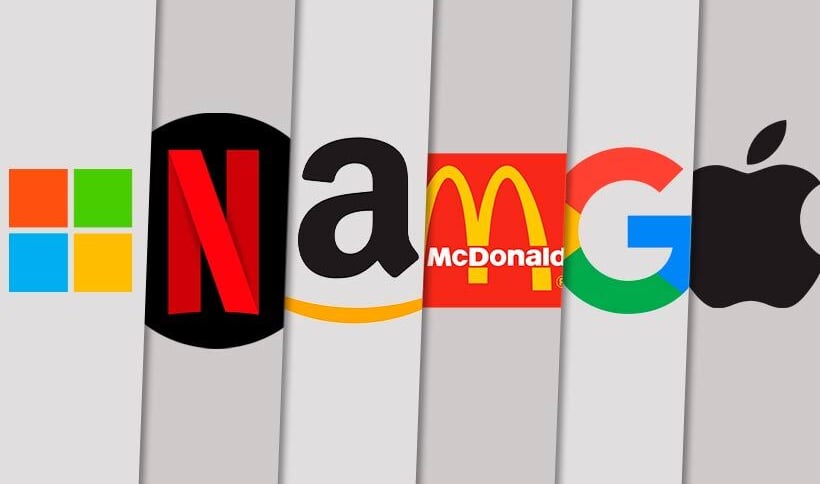
What Are BDRs? Pros and Cons of Investing in Foreign Companies on the Brazilian Stock Exchange
Omar Martir
3 min read
Introduction
Investing in global giants like Apple, Amazon, Google, and Tesla has always been a dream for many Brazilian investors. However, opening an account with a foreign brokerage can be complex and often involves high costs.
To simplify access to these global market leaders, the B3 (Brazilian Stock Exchange) offers a financial instrument known as BDR — Brazilian Depositary Receipt.
BDRs allow investors to gain exposure to foreign companies without sending money abroad. But is this type of investment really worth it?
In this article, you’ll learn:
✅ What BDRs are and how they work;
✅ The main advantages and disadvantages of investing in BDRs;
✅ How to invest in BDRs on the Brazilian stock exchange;
✅ The difference between sponsored and unsponsored BDRs;
✅ Which BDRs are considered the best on B3.
Let’s dive in! 🚀
✅ What Are BDRs?
BDRs (Brazilian Depositary Receipts) are certificates that represent shares of foreign companies traded on the B3. In simple terms, when you buy a BDR, you're not purchasing the actual foreign stock but a receipt that represents that stock within Brazil.
💡 Example: If you invest in AAPL34, you're buying a receipt backed by Apple shares. Practically speaking, you're exposed to Apple’s performance without needing to trade directly in the U.S. market.
BDRs are issued by a depositary institution that acquires and holds the original shares overseas. This allows Brazilian investors to trade them just like local assets.
✅ How Do BDRs Work?
BDRs operate similarly to Brazilian stocks. They are traded on the B3, and their price is influenced by the value of the original foreign stock and the current exchange rate (usually the U.S. dollar).
📌 Key Features of BDRs:
You can buy and sell them via your broker’s home trading platform;
Their price depends on the foreign stock’s market value and exchange rate;
Some BDRs pay dividends (which may be taxed);
Since 2020, they are accessible to all investor profiles.
✅ Types of BDRs: Sponsored vs. Unsponsored
There are two main types of BDRs:
🔹 1. Sponsored BDRs
Issued when the foreign company itself decides to list its shares in Brazil. These companies aim to attract Brazilian investors and provide more transparency.
💡 Example: If Apple wanted to increase its presence in Brazil, it could launch a sponsored BDR, offering more direct communication and data to local investors.
🔹 2. Unsponsored BDRs
These are the most common on B3. In this case, a financial institution (like a bank) buys the shares abroad and issues BDRs in Brazil, without the involvement of the original company.
📌 Example: AAPL34 (Apple) and TSLA34 (Tesla) are unsponsored BDRs issued by Brazilian institutions.
Most BDRs available on the B3 are unsponsored and traded like any other asset.
✅ Advantages of Investing in BDRs
BDRs offer several benefits for investors looking to diversify internationally without the hassle of foreign accounts. Here are the main advantages:
🟢 1. Access to Global Giants
BDRs make it possible to invest in major companies like Apple, Microsoft, Amazon, Tesla, Google, Disney, and Netflix — all through the Brazilian market.
🟢 2. Ease of Investment
You can buy and sell BDRs using your home broker, just like Brazilian stocks. No need for complicated foreign accounts or currency transfers.
🟢 3. International Diversification
Protect your portfolio from local market risks by investing in globally active companies.
💰 Example: During an economic downturn in Brazil, local stocks may fall — but BDRs might rise due to a stronger dollar.
🟢 4. Currency Hedge
Since BDRs are tied to the dollar, they can act as a hedge against the depreciation of the Brazilian real.
🟢 5. Passive Income Through Dividends
Some BDRs pay dividends, offering a source of passive income — though taxes may apply.
✅ Disadvantages of BDRs
Despite their advantages, BDRs also have some downsides:
🔴 1. Taxes on Dividends
BDR dividends may be taxed in both the source country and Brazil, reducing your net return.
💡 Example: If a U.S. company pays $100 in dividends, a portion might be withheld in the U.S. before reaching you.
🔴 2. Currency Risk
If the Brazilian real strengthens against the dollar, your BDR investment may lose value — even if the underlying stock increases.
📌 Example: If the dollar drops from R$5.50 to R$4.50, your BDRs may lose value despite company growth.
🔴 3. Low Liquidity in Some BDRs
Not all BDRs are heavily traded. This could make buying or selling large quantities difficult.
🔴 4. No Voting Rights
BDR holders don’t get voting rights in company decisions — unlike direct shareholders.
✅ How to Invest in BDRs
Investing in BDRs is simple and fast:
1️⃣ Open an account with a Brazilian brokerage firm that offers BDR trading;
2️⃣ Research available BDRs and choose based on your investment goals;
3️⃣ Use your home broker platform to place your order using the BDR code (e.g., AAPL34 for Apple);
4️⃣ Track the performance and stay informed about currency movements.
✅ Conclusion: Are BDRs Worth It?
BDRs are an excellent way to diversify your portfolio, gain exposure to global companies, and protect your capital from local currency devaluation — all through the Brazilian market.
However, be aware of exchange rate risks, taxation on dividends, and liquidity issues.
If your goal is to invest globally in a practical, accessible way, BDRs can be a smart addition to your investment strategy.



